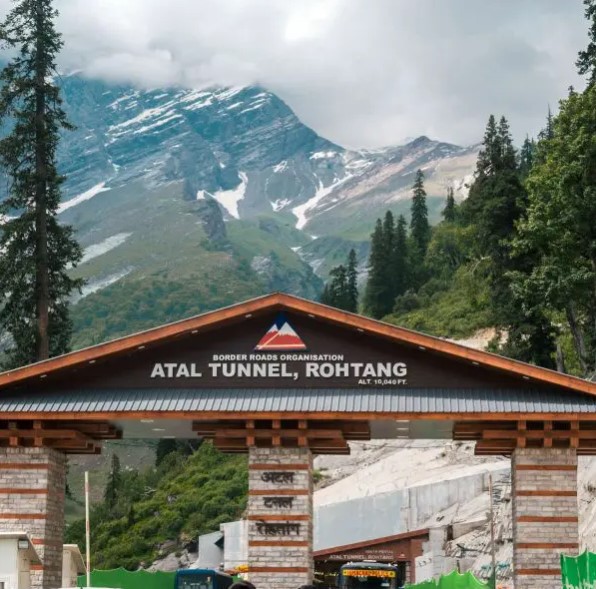7:22 AM How the Atal Tunnel Revolutionized Travel in the Himalayas | |

For years, the journey from Manali to Lahaul and Spiti was treacherous, often blocked by heavy snowfall and extreme weather conditions. However, with the inauguration of the Atal Tunnel, this once arduous route has been transformed into an all-season lifeline, dramatically changing travel and connectivity in the region. If you’ve ever wondered what makes this engineering marvel so special—or if you’re planning a trip through it—understanding the Atal Tunnel length is just the beginning of the story. A Game Changer for the HimalayasBefore the tunnel opened to the public in October 2020, the Rohtang Pass—situated at 13,050 feet—was the only route connecting Manali to the remote regions of Lahaul, Spiti, and Leh. This mountain pass remained closed for nearly six months every year due to heavy snowfall, isolating entire communities and hampering transport, tourism, and military logistics. The Atal Tunnel, named after former Prime Minister Atal Bihari Vajpayee, has eliminated that seasonal isolation. The tunnel cuts through the Pir Panjal range of the Himalayas and provides year-round connectivity between Manali and Keylong. The Numbers Behind the Engineering FeatWhat really sets this tunnel apart is not just its high-altitude location but also its sheer scale and innovation. The Atal Tunnel length stretches to an impressive 9.02 kilometers (approximately 5.6 miles), making it the longest highway tunnel in the world above 10,000 feet. It has been constructed using the latest Austrian tunneling methods and is designed to withstand severe weather and seismic activity. The two-lane tunnel is built at an altitude of over 3,000 meters (10,000 feet) and allows vehicles to bypass the Rohtang Pass entirely, reducing the journey time by 4 to 5 hours and shortening the distance by 46 kilometers. Why the Atal Tunnel Matters for TravelersAs a traveler, the tunnel doesn’t just mean a quicker ride—it’s a door to some of India’s most breathtaking landscapes. If you're planning to visit Lahaul Valley, Spiti, or venture further toward Leh and Ladakh, you can now do so without worrying about road closures or unpredictable weather. Here’s what you can expect:
Beyond the Length: What Makes the Tunnel Special?While the Atal Tunnel length grabs the headlines, the infrastructure inside deserves equal credit. The tunnel includes:
All these features make the Atal Tunnel not just an engineering milestone, but a benchmark in sustainable and safe infrastructure in extreme environments. Boosting Tourism and the Local EconomySince the tunnel’s opening, the number of tourists traveling to Lahaul Valley has surged dramatically. Earlier, many travelers skipped the region due to accessibility issues. Now, destinations like Sissu, Jispa, and Tandi are quickly becoming popular stops for both adventure enthusiasts and families seeking serene Himalayan escapes. The ease of access has also opened doors for local homestays, trekking businesses, and tour operators. Farmers can now transport their produce to markets more efficiently, and essential supplies reach remote villages much faster. Best Time to Visit Through the TunnelThanks to its all-weather capability, the Atal Tunnel can be visited any time of the year. However, your choice of season will depend on what you want from the trip:
Planning Your VisitIf you're planning a trip through the Atal Tunnel, here are some quick tips:
Final ThoughtsThe Atal Tunnel length may be the most talked-about statistic, but the true impact of this project extends far beyond its dimensions. It represents progress, connectivity, and opportunity for countless people living in and visiting the Himalayan regions. Whether you're a road trip enthusiast, a nature lover, or a curious traveler, the Atal Tunnel is more than just a passage—it’s a journey worth experiencing. So next time you plan a Himalayan adventure, don’t just pass through the tunnel. Take a moment to appreciate the engineering, the vision, and the lives it has transformed. | |
|
| |
| Total comments: 0 | |